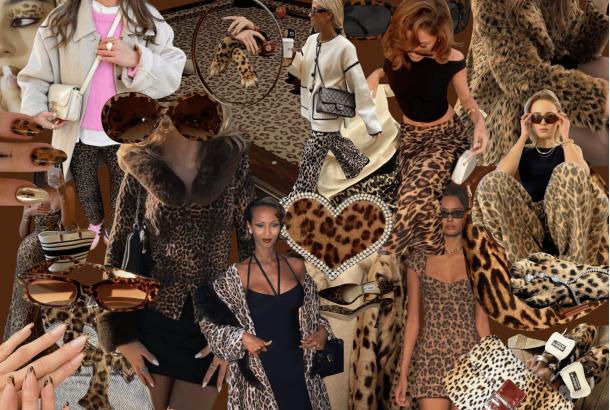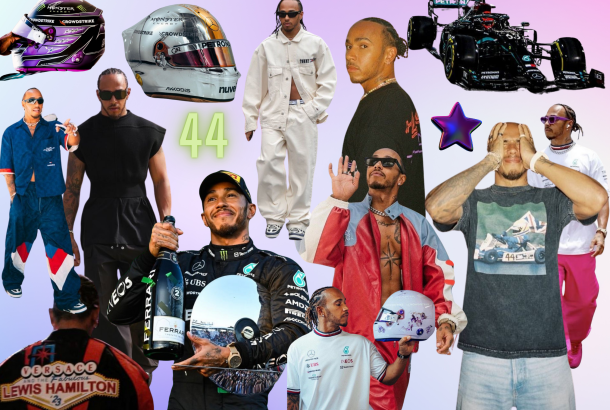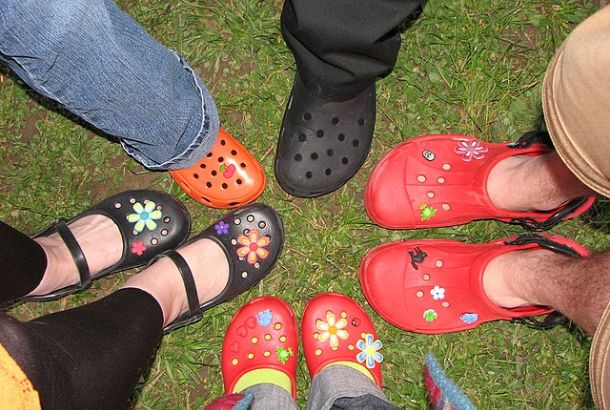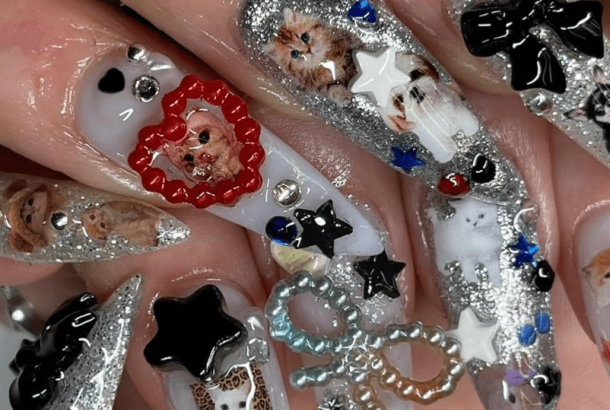Are our ‘wellness’ habits actually keeping us well?
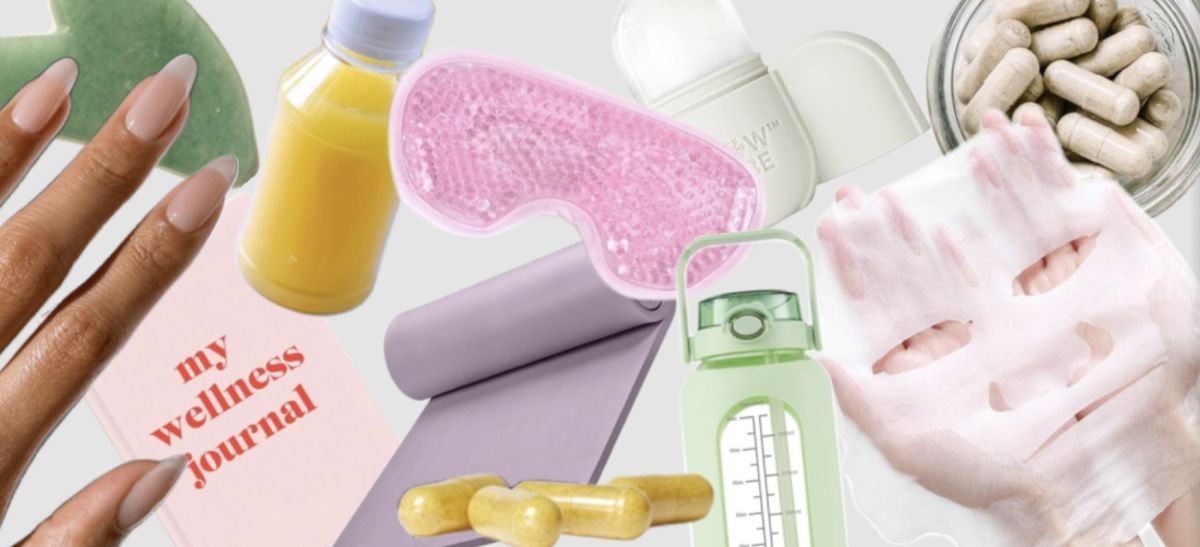
Despite what you probably think, ‘wellness’ culture is not defined by immunity shots, puppy yoga, mindfulness apps, and neon lycra. A movement originally intended to support people in achieving ‘complete’ health, and defined as “The act of practising healthy habits on a daily basis to attain better physical and mental health outcomes” seems to have strayed far from its purpose, evident in a new version of wellness culture dominating apps such as Instagram and TikTok.
On social media, wellness has accumulated into an abundance of micro trends: long nails, healthy skin, and improved gut health are promised if we buy whichever probiotic is trending this week. Wellness trends such as red light therapy, cycle syncing, and Korean skincare dominate both screens and minds, shown in our consumption, up 14% between 2019-2022.
It is a step away from holistic health and into the world of sponsored content and micro trends, converting wellness into an aesthetic we can somehow achieve rather than the holistic integration that it is. While the idea of self-care is a premise almost every girl can get behind, in reality, it’s driven by profits and online content rather than health and is in direct opposition with the supposed helpful benefits that something like a ‘sleepy girl mocktail’ promises.
It’s important to remember that behind this push for magnesium tablets and Gua-sha is a trillion-dollar industry, profiting off our desire to reach optimum health. The continuous rebranding and reinvention based on current interests and trends is only emblematic of its superficial nature.
Although peaking in 2020 as a result of the pandemic, the wellness industry is a global trade valued at $5.6 trillion in revenue in 2022 and is expected to grow an additional 57% by 2027. New Reports even suggest the global wellness industry has surpassed Germany’s GDP. It has become important for us to question whether these habits are actually beneficial to our health, or just marketed to improve profits.
Furthermore, many concerned consumers draw attention to the links between the rise in wellness culture and its association with eating disorders and orthorexia, claiming this rapidly growing aesthetic is reminiscent of a 2014 Tumblr era that promoted a kind of ‘heroin chic’ ideal. It is no surprise that consumers struggle to keep up with this lifestyle, and the seemingly harmless habits promoted by health and lifestyle influencers can manifest themselves into dangerous extremes.
One thing I do know is, that there is no one way to be ‘well’- health and wellness do not have an aesthetic. Wellness should be sustainable, and feel good to you- a ‘one size fits all’ approach is both damaging and unsustainable. There is no universal version of wellness we can try on in an attempt to be ‘that girl’, but rather small choices and habits can be made that are manageable and beneficial to you as an individual for your emotional, mental, and physical health.
